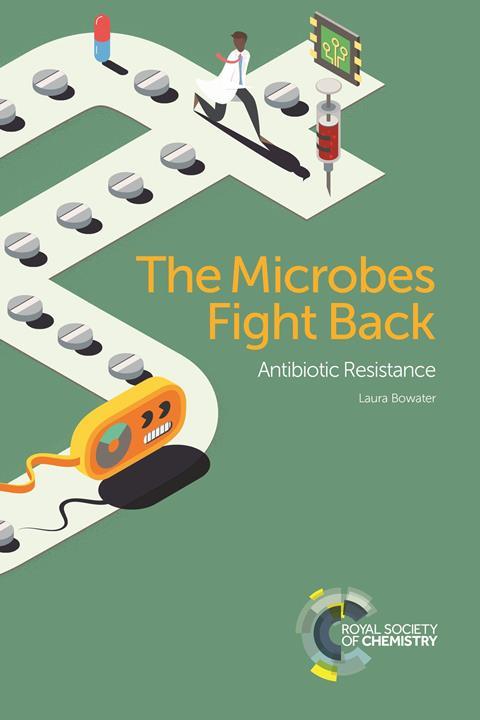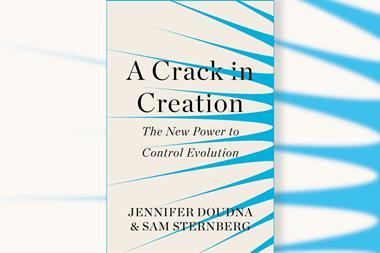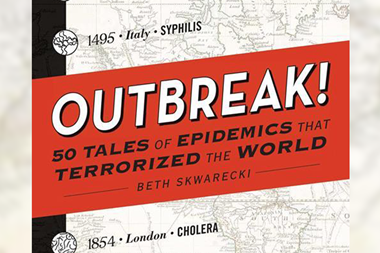Laura Bowater
Royal Society of Chemistry
2017| 302pp | £21.99
ISBN 9781782621676
Buy this book from Amazon.co.uk

I remember watching the movie The Truman show when I was a child and for weeks afterwards feeling paranoid that I was being watched. Reading The microbes fight back: antibiotic resistance gave me a similar level of paranoia: microbes are everywhere! Bacteria, fungi, archaea and viruses are on furniture, fabrics and food. They are on us and in us. They’re everywhere.
This may be a slightly terrifying thought, but thankfully Laura Bowater explains that not only are many types of microbes completely safe, but some actually have significant value in nature and industry. The average adult human carries about 2kg of bacteria in their gut that aid digestion and help the immune system – antibiotic use can inflict serious damage on this ecosystem; in fact, antibiotic use in infants can lead to lifelong increased risk of infections and inflammatory bowel diseases.
This book is a thorough analysis of the history and origins of microbiology, and the roles of microbes in infectious disease. Bowater describes the battle between public opinion and scientific fact, and the impact of public health policy on epidemiology. She also demonstrates again and again the part played by serendipity combined with astute scientific observation in early antibiotic discovery.
Along the way there are interesting facts and stories and many personal anecdotes from active researchers in the field that add flair to the book. The microbes fight back sheds light on the variety of ways that human behaviour is contributing to microbial resistance, the challenges of finding and designing new antibiotics and the dire need for new technologies for rapid, point-of-care diagnostic tests to prevent prescribing antibiotics for conditions such as the flu or asthma. However, the impact of the overall message is lost in a level of detail in the discussion that is repetitive for someone familiar with biochemistry but could be an information overload for a beginner. And although the images and graphs are useful and relevant, they would be clearer and more impressive in colour.
This book does highlight that microbial resistance is a global challenge and that we have a long way to go before we can, as US Surgeon General William H Stewart once said, ‘close the book on infectious diseases and declare the war against pestilence won’.












No comments yet